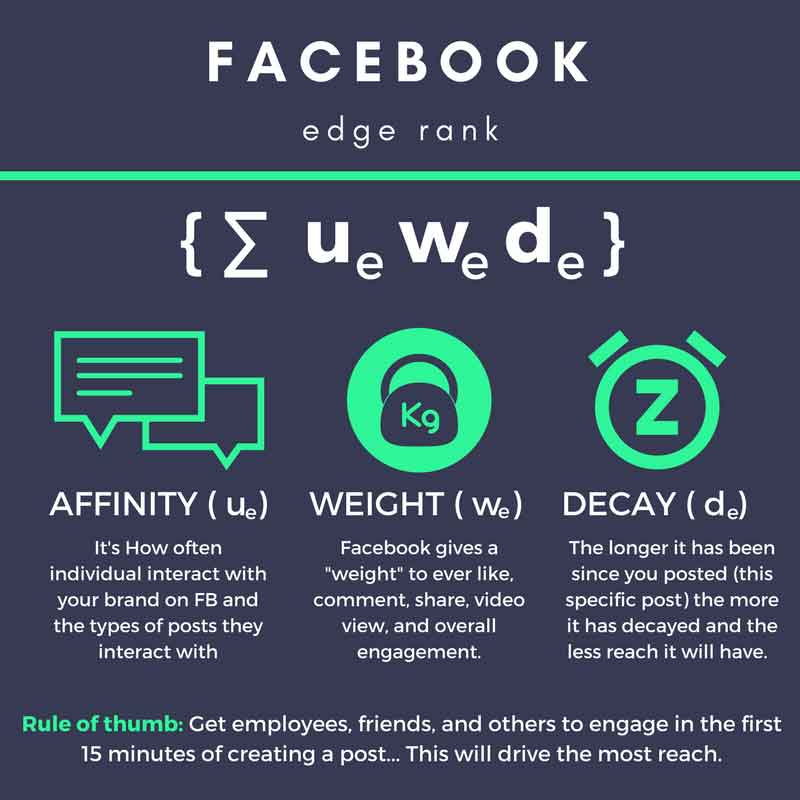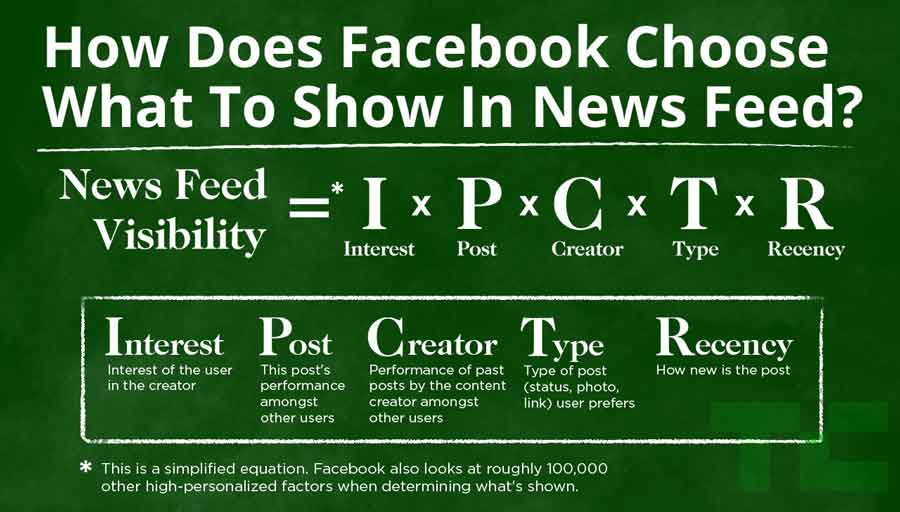Reputation Management Strategy: the Bulletproof Guide to ORM
A reputation management strategy is part of brand building, and it’s so much more than making sure your company has great reviews. This guide will help you navigate the world of reputation strategy in the online environment. Online reputation — that intangible asset, that electronic chimera — is hard to assess, let alone fix. And when it comes right down to the exact techniques to repair a reputation, many CMOs, publicists, or executives are downright confused about it.
This article is your guide — a method of showing you what an online reputation is comprised of and how to develop a solid strategy to repair or protect your company’s online reputation.
Contents
- The building materials of an online reputation
- The development of an online reputation
- How to create a reputation strategy
- Assimilate
- The Plan
- Conclusion
The building materials of an online reputation
Reputation management is both known and unknown. There is theory and there are objective results. This combination enables us to understand how to build a reputation. Like a house, you must know your building materials from the beginning. In the field of online reputation management, there are three main building materials — earned, paid, and owned content.
Note: I’ve used the word “content” to describe each of these three. The word “media” is also interchangeable.
Here is a helpful way to visualize them.
Each of these components is used by reputation management professionals to help shape an organization’s reputation, often using a combination of ORM, PR, and SEO.
Earned content
Earned content is the online information about your business that doesn’t require you to pay for it or write it yourself. You can think of it as free publicity. Online reviews, social shares, re-posts of your content, and mentions of your brand fall into this category. If you’re lucky, a mainstream media organization like the New York Times or Wall Street Journal may even pick up your story.
Owned content
Owned content is the material you create yourself. This is content you have total control over, most commonly your blog, website, or social media presence. While these are extremely important when managing your online reputation, they only comprise a small slice of your search engine results, and essentially your reputation.
All of the properties just mentioned are the “standard fare” of reputation management companies. Beyond those are the industry-specific types of owned media that are different for every industry space.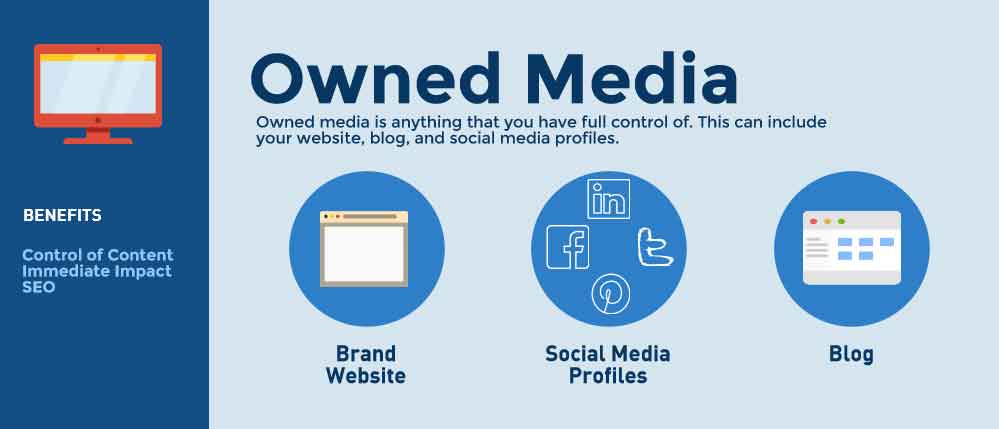
Paid content
The final category, paid content, comes in the form of PPC (pay-per-click) advertising, display ads, paid social media promotion, content syndication, paid influencers, and all the other forms of content that require you to hand over your credit card number. Paid content is not less valuable than the other two forms of content, but it is essential to dedicate a fair amount of time and resources to the first two types of content as well.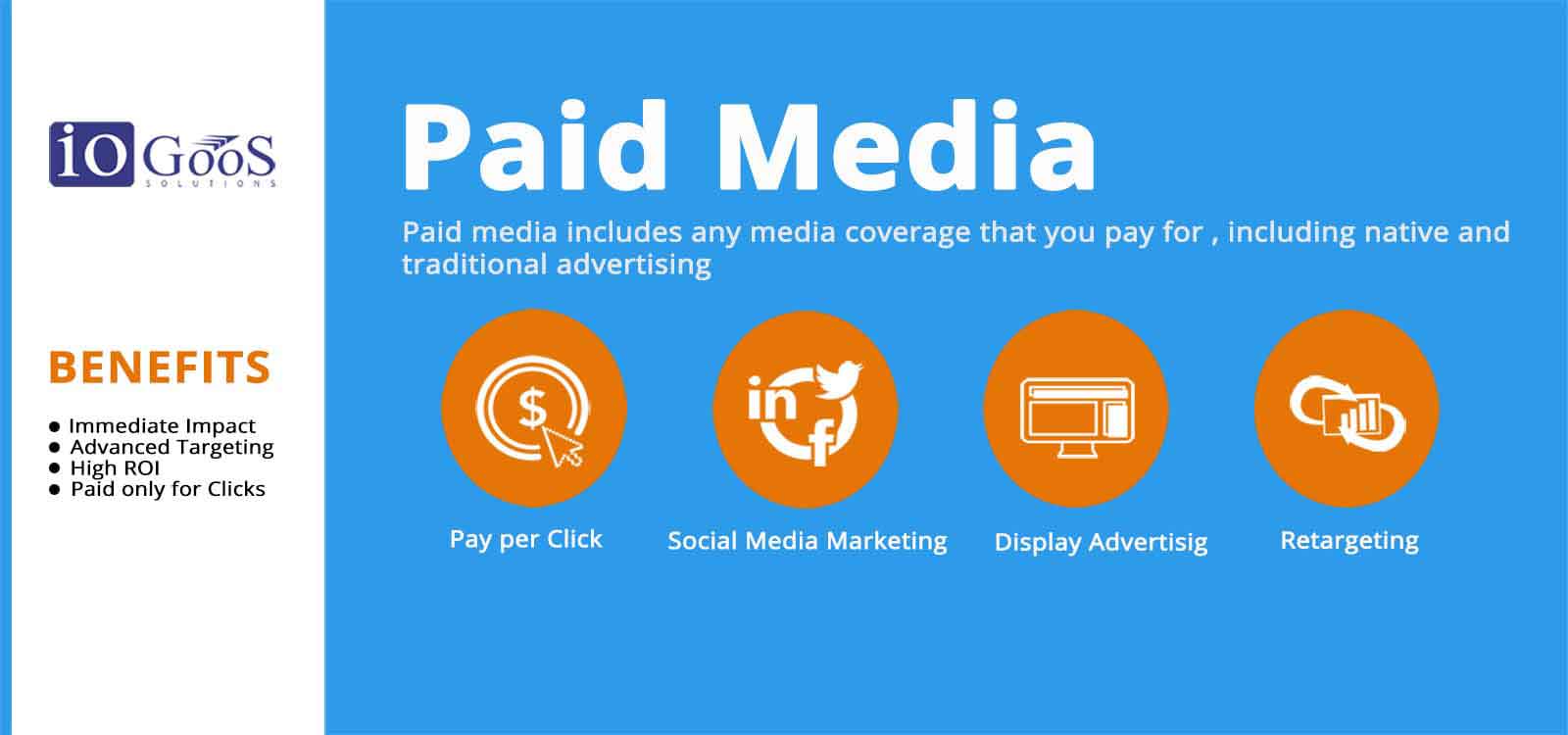
The development of an online reputation
With those three building materials, an online reputation is formed. But those building materials work with other systems that heavily influence a company is online appearance. The most important of these systems is the system of online search, closely followed by social media algorithms. But before we dig in, remember that quality is the cornerstone of a good reputation strategy. That’s why we create the Reverse Wikipedia Strategy, which helps guide ORM practitioners with a spam-free mindset.
Helpful Resource: The Anatomy of a Search Result Page and How to Rank
As much as we like to conceive of ourselves as independent thinkers with the ability to research an issue and develop a viewpoint, our entire process of research and thinking is affected by the tools we use.
Google’s Algorithm
When we’re discussing online search, we might as well not be coy about it, and call it Google. When people want to learn more about something, what do they do? They Google it. You do too… admit it.
Tools like Google have engineered biases (for lack of a better word) that can shape the viewpoints of their users. For a simple example, consider Google’s ability to know your location.
If you live in Miami and search for “tacos near me,” you probably will not see results for Portland, Oregon. Google gives you the results it thinks you want to see. This is how people find brands online. This is the science of SEO.
Google is also pretty good at machine learning. Google’s algorithm has the ability to reward good content online, serve up fast results, understand what you’re most likely interested in, and even remember that for the next time you search. This means that the algorithm is constantly changing. Sometimes, the changes are massive. Sometimes, they’re minuscule, But it’s constantly evolving.
And yet people can “outsmart” Google. No, it’s not easy. And no, it’s not illegal. And, no, (most of the time) it’s not unethical either.
As an AI-driven algorithm, smart people can create content that rises to the top of search engine results, thereby suppressing other results. But the way it’s done is important.
This is one of the primary techniques online reputation management companies and people use to “remove” negative content (e.g., bad press) from search engines. Sometimes bad press can be removed at the source, but not often.
Social Media Algorithms
We probably don’t talk about it enough, but social media is teaching us what to think. Just as Google has its own complex machine-learning algorithm, social media feeds have theirs as well.
For example, Facebook’s Edgerank algorithm can be simplified and visualized thus:
But the News Feed algorithm is run differently.
And these algorithms, too, are in constant flux.
These algorithms learn from your social behavior — whose pictures you’re stalking, what things you search for, the pictures you like, and the content you post. It also learns about your friends and family, knowing that the people whom you’re connected to on social media possess an influence over your life.
Sounds kind of creepy, right? It’s not total Big Brother yet, but there are startling similarities. The point to be aware of is this — a business’s online reputation is largely dependent on the vagaries of social media.
Let’s say a politician is experiencing a lot of publicity because she’s running for office. Is this publicity good or bad?
It depends. She’s a Democrat. You lean left, and it’s no secret to Facebook. Therefore, the content you see on social media trickling through from Vox and the New York Times certainly seems favorable to her.
But if you’re a Republican, suggested to Facebook by the fact that you once liked Fox News’s Facebook page, things may not seem so positive. Now, you’re seeing shared posts by your friends from influencers like Sean Hannity.
Moderates may see a mix of conservative and liberal updates, news articles, and shares in their feed.
These algorithms intuit your social, political, ethical, moral, and religious biases and respond in kind. While they may not be able to switch up your religious preference or political tendency, they will serve to reinforce it through the psychological phenomenon of confirmation bias.
Earned, paid, and owned content are like the bricks of an online reputation. Google and social media algorithms are like mortar, binding the bricks together in a certain way.
But unlike masonry, online reputation is flexible. So how do you change a reputation? You start with a strategy and then execute it.
How to create a reputation strategy
The process that follows is a framework. I’m not able to how to cross every t and dot every i. The specifics depend on your unique situation. But I can give you an outline to follow when repairing, shaping, or protecting an online reputation.
For the sake of continuity, I’m going to assume that you the reader are the chief marketing officer (CMO) of a medium-sized business. Your mission is to shape a strategy for protecting (or improving) your company’s reputation.
Developing an online reputation management strategy is like measuring corporate sentiment, as discussed in a prior article. Some of the following material will be reviewed. However, the section on creating a plan goes beyond what was discussed in measuring corporate sentiment.
Research
Your first task is one of research — Google search to be specific. In this phase, you will search for every iteration of your company name and product and document the results.
Gauging corporate sentiment
In this phase, you want to get an accurate barometer of your corporate sentiment. What is your corporate reputation? Pay careful attention to the following and record them in a spreadsheet or document:
- Positive coverage and earned content
- Negative coverage and earned content
- Similar companies or competitors
- Influencers in the space — media companies, individuals, publications, etc.
Private search
In this step, you should go straight to your web browser and open a private search window so your cache or browser history will less influence your searches.
- Chrome: More → New Incognito Window (Command+Shift+N or CTRL+Shift+N)
- Safari: Pages → Private (Command+Shift+N)
- Firefox: Menu → New Private Window (Command+Shift+N or CTRL+Shift+N)
- Internet Explorer: Settings → Safety → InPrivate Browsing (CTRL+Shift+P)
- Edge: More → New InPrivate Window
Here is what to search for:
- Search for your company name. Simply Google your company name and see what comes up.
- Search for your company products. If you have a notable product, search for it. E.g., Ford Fusion, Macbook Pro, etc.
- Search for company executives or leadership. Google their names or variations of their names. E.g., John Goldsmith, John A. Goldsmith, ABC Company Goldsmith, ABC Company CEO
- Search for company reviews, scandals, news, controversy, or scams. Search for the company name plus any words that are relevant to your situation. E.g., ABC Company Scandal, John Goldsmith sex tape, ABC company bankruptcy, etc.
- Search according to other languages or locations where your business has a presence. For example, if you have an office in Paris, you should perform a search indicating that you are searching from that location.
Research social media sentiment
Social research could take you down a rabbit hole of troll-hunting and comment-sniffing, but the goal here is to identify positive coverage, negative coverage, similar companies, and any industry influencers. To do social research, follow the following process
- Look at your company’s social accounts. Wherever you have an account, take a look at the posts, comments, number of likes, etc.
- Search for your company name, hashtags, and/or bashtags. Take a look at what people are saying about you on Twitter, Threads, Instagram, or Facebook that wouldn’t be found on your owned social pages.
Next, you’ll want to take a look at all the review sites that you may be covered on. Which review sites you have a presence on depends on your industry, but here are the common ones:
- Local businesses: Google, Yelp, Facebook
- Restaurants: Urbanspoon
- Products: Amazon
- Hotels or tourist attractions: TripAdvisor
- Movies: Rotten Tomatoes
- Startups: Crunchbase
- Publicly traded companies: Bloomberg
Based on the preceding research process, you should have a list (or should already know) of some of your competitors. Follow the same process to research your competitors. This powerful revelatory process will deepen your insight into your industry and help you establish greater objectivity as you move into the assimilation phase of your strategy.
If you have several dozen competitors, it’s unnecessary to research them all exhaustively. Instead, be aware of each and research only the top five or a representative sampling.
Again, your goal is to gain an understanding of your company’s corporate sentiment and, in response, create a list of positive coverage, negative coverage, similar companies, and industry influencers.
Assimilate
Once you understand your corporate sentiment (the good, the bad, and the ugly), you have everything that you need for the assimilation phase.
In this phase, you will ask a series of questions of the information you’ve collected in the preceding step. You may not have clear answers to each of the questions, but you should be able to pencil in ideas that will point you to a final strategy.
- What is your overall brand sentiment?
- How does your brand sentiment compare to the brand sentiment of competitors? Better? Worse? Middle of the pack?
- What is your brand’s story? In other words, what factors allowed your brand to become what it is today? If you suffered a reputation setback, you should allow this to become part of the story. Keep in mind that the most compelling brand stories are those that move fast, have some shock value, and end at a point of triumph.
- What aspects of your story can you control?
- What is the sentiment of your online reviews? Your average star rating?
- Would your brand benefit from having a strategy to improve or protect online reviews?
- What new information or properties can you create that would improve your reputation?
- Which competitors have the strongest reputation?
- What positively influenced their reputation
- What can you do to achieve similar results?
- What influences are available for outreach in this space?
- What pitch would compel them to produce positive coverage?
- What social media channels are most influential in creating a positive reputation?
- What type of information needs to be published on social media to produce a positive reputation?
- What negative information is tarnishing your reputation?
- Where is this negative information being published?
- Can the negative information be suppressed or removed?
- What is the reputation of company founders, leaders, executives or personalities?
- If the reputation is negative, should these leaders be removed from the company?
The Plan
The helpful thing about the strategy-creation process is that it is organic — the answers emerge, but they don’t necessarily pop out, as with a successful Excel formula. You’ll begin to understand the strategy as you analyze the information.
In this final phase of reputation strategy, you will assemble a list of action items for each of the four following categories. These categories roughly parallel the strategic planning technique known as the SWOT analysis.
If you are familiar with the SWOT analysis process, I’ve included the associated SWOT label with each of my categories.
Identify the single most damaging factor in your reputation, and create a list of remedies. This point should come first, especially for an organization that has suffered from some reputation misadventure.
Example: Your brand has an average of two-star reviews, stemming from a failed product launch six months ago. This is your weak point and should be addressed immediately.
Step-by-step
Address these remedies in a serial manner (one by one). The reputation strategies created by Reputation X are serial in design, often spreadsheets with actions to be taken in order.
Identify your strongest levers
Identify your content or intangible assets that are the strongest in terms of reputation. Implement a successful strategy for other content channels. Focus on the techniques that would produce the greatest improvement to your reputation. List out the techniques and serially address them.
Example: Your brand’s Facebook page has a massive following and rabidly loyal fans. Use the same processes, publishing schedule, content, etc., to amplify other social media channels, your blog, etc.
Examine reputational vulnerabilities
Every brand has some risks to their reputation. Determine what areas are most vulnerable to a reputation attack and create a plan to strengthen those properties.
Example: Your brand’s website does not appear on page 1 of the search results for branded terms (like your company or product name), leaving you with essentially no owned content on page 1. A likely strategic action would be to improve your website’s SEO.
Mimic successful competitors
Select the one competitor with the best reputation, and mimic their activities to achieve similar results. Most brands have at least one brand that has a stronger search presence, better reviews, or a more robust social strategy. Select a brand with an outstanding presence in any of these categories and reverse engineer the techniques that produced success.
Example: Your competitor, Acme 123, has brand mentions in high-profile publications such as Forbes and Inc. By carefully examining their process, you identify a handful of contributors who frequently mention and link to brands. You decide to pitch these writers for information on getting a brand mention.
Conclusion
An online reputation strategy is never a cut-and-dried templatized affair though many reputation management companies use this approach anyway (beware). Brand reputations are like personalities. There are so many nuances and detailed features that require first understanding, then assimilating, and then allowing the reputation strategy to take shape.
Any brand can recover its online reputation regardless of what happened, how low its reviews are, how bad its products were, or what nefarious activities its leadership engaged in. The process may require time and resources, but there is always a way up.
About the author
Kent Campbell is the chief strategist for Reputation X, a San Francisco Bay Area-based online reputation management services firm. He has over 15 years of experience with SEO, Wikipedia editing, review management, and online reputation strategy. Kent has helped celebrities, leaders, executives, and marketing professionals improve their online appearance. Kent writes about reputation, SEO, Wikipedia, and PR-related topics.
–
Tags: Business Reputation Repair, Individual Reputation Repair, Online Reputation Management Services, Online Reputation Repair, Reputation Management.
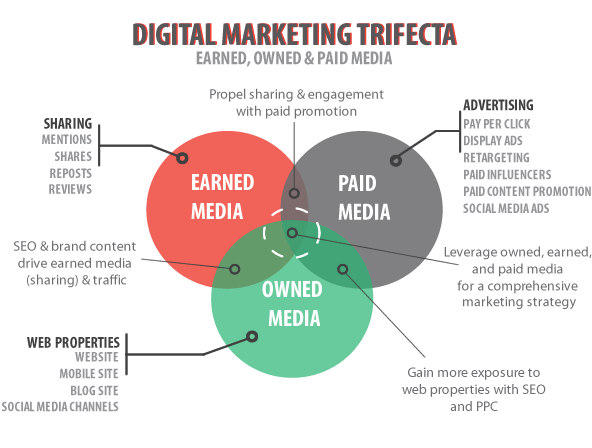
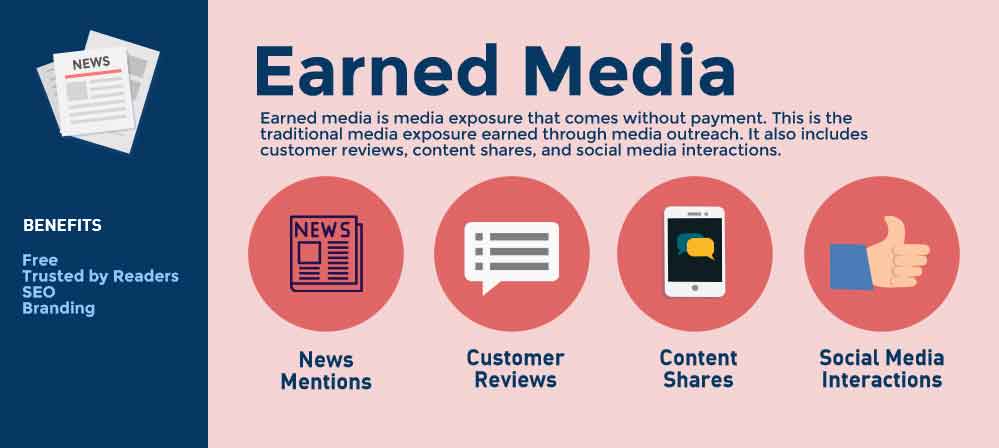
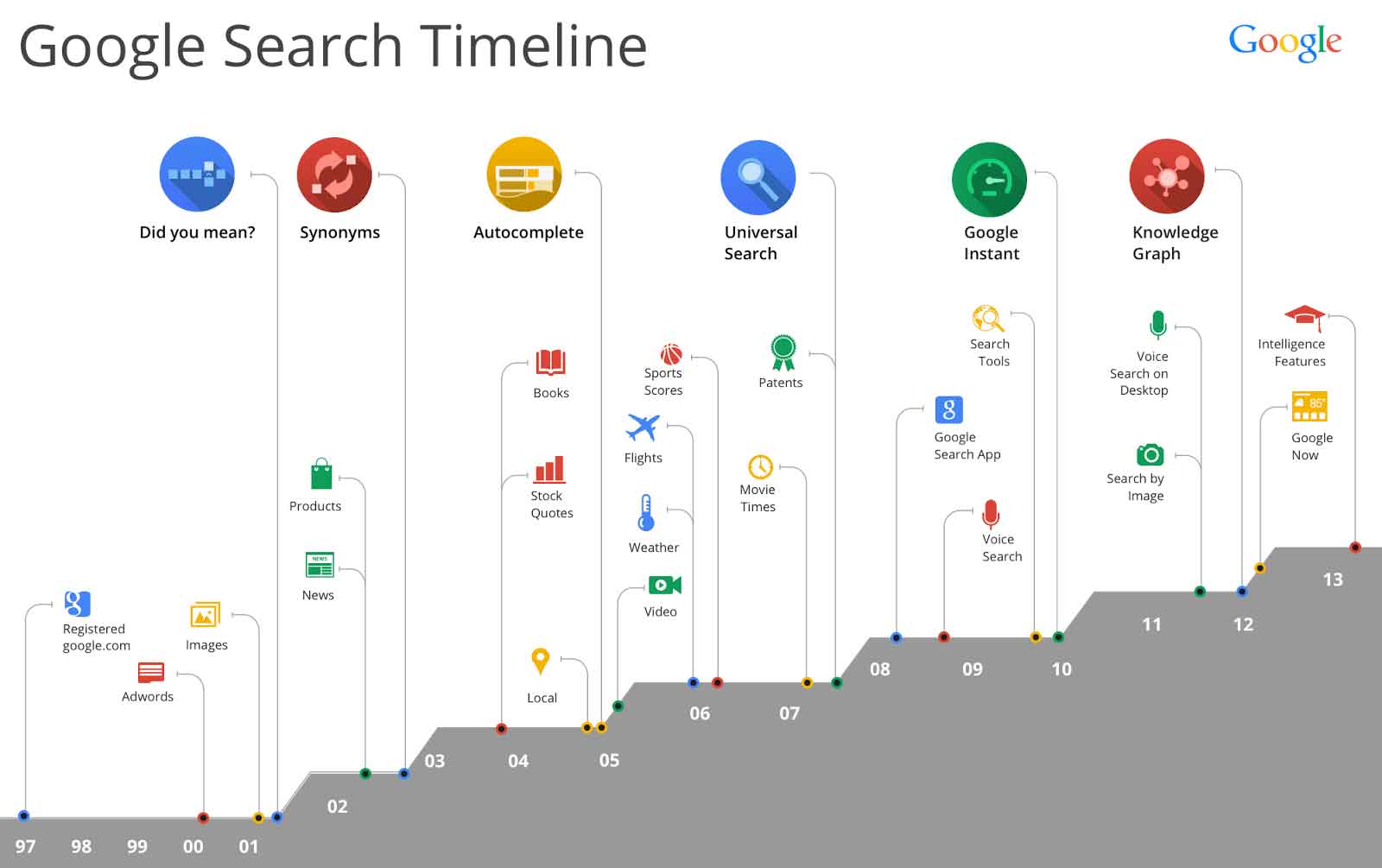 Source
Source